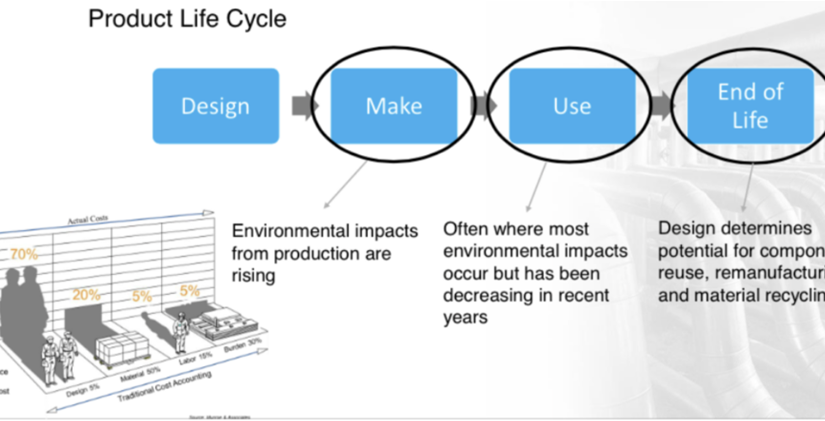-
Coach’s Corner: Designing the Entire Value Stream From Concept to Product End Life

When people think about the environmental impact of the products they use, most think about the implications of their use and their disposal at the end of life. As design improvements continue to reduce emissions during the use phase, the importance of reducing the emissions during production becomes more evident. One-third of emissions come from making products. Designing your value stream to have a lower environmental impact in production could reduce your costs, lower your carbon footprint, and influence future…
-
Coach’s Corner: How to Design a Knowledge-Sharing System

Designing knowledge-sharing practices that will allow people to get the necessary knowledge at the right time ensures that your team reuses the knowledge your organization has already created. Critically, deploying such a system frees team members to focus their time and energy toward creating new organizational knowledge. Continuously reusing and creating new organizational knowledge sets the foundation to develop new innovative products providing a competitive advantage consistently.
-
Cutting Carbon Emissions and Product Costs Through Lean Product and Process Development

When managing or improving a business we often focus on the areas that have the biggest contribution to the bottom line. The biggest opportunity to impact these costs comes during the design phase since decisions made during design lock in the on-going costs. These costs aren’t just financial, but environmental as well. Many of these…
-
Better Design Reviews, Better Products
Design reviews are a common process in product and process development. They can enable knowledge sharing across an organization and prevent the same mistakes from happening across different groups. But not all design reviews are effective and how and when they are conducted varies widely across different companies, and even within a company.
-
Generating Multiple Alternatives is Not Necessarily Waste
for the customer in the product and your ability to produce it. Exploring multiple alternatives paired with quick learning enables faster time to market and more customer value. But this only happens if you evaluate the alternatives from the perspectives of the customer and manufacturing system. If you are evaluating alternatives from different perspectives that…
